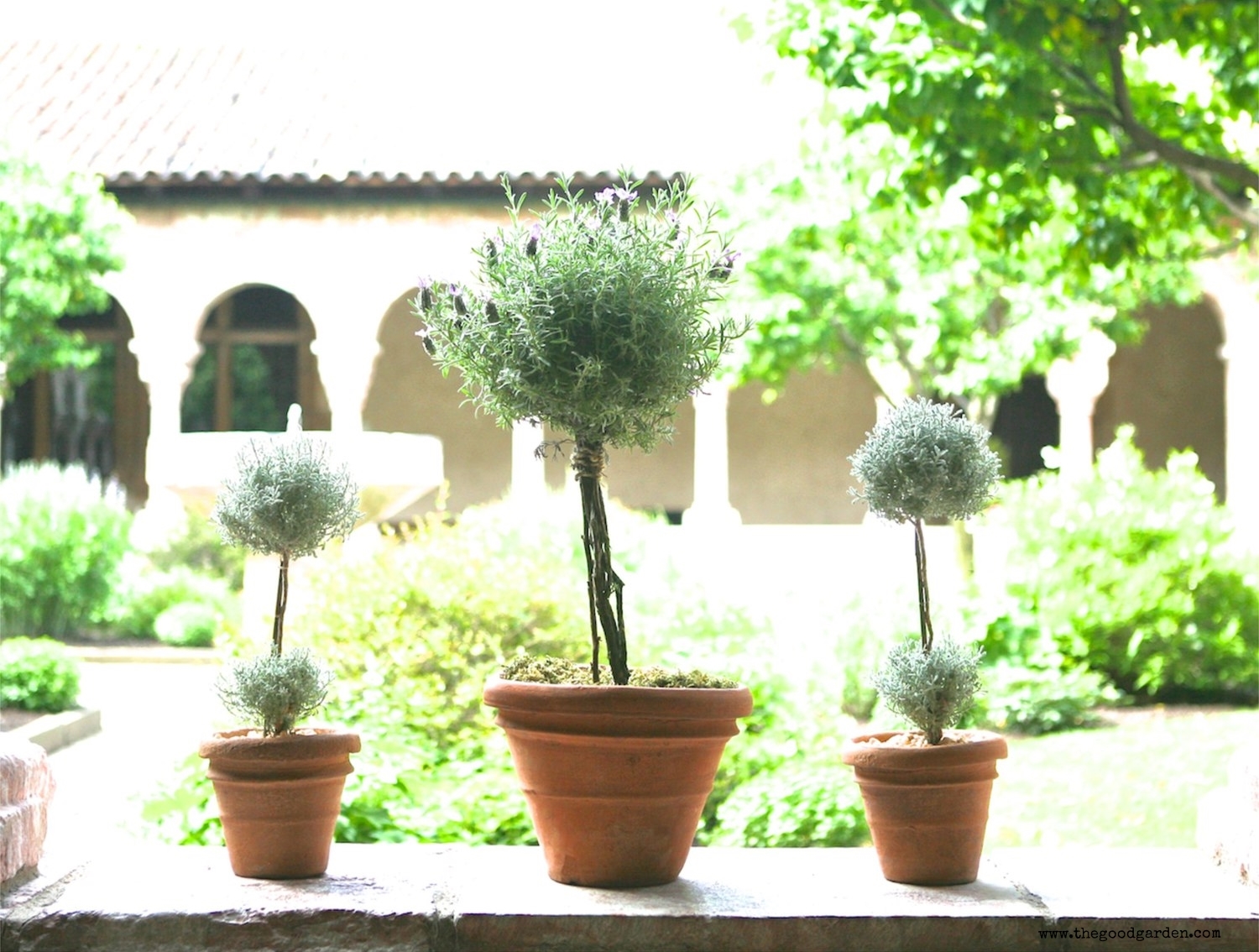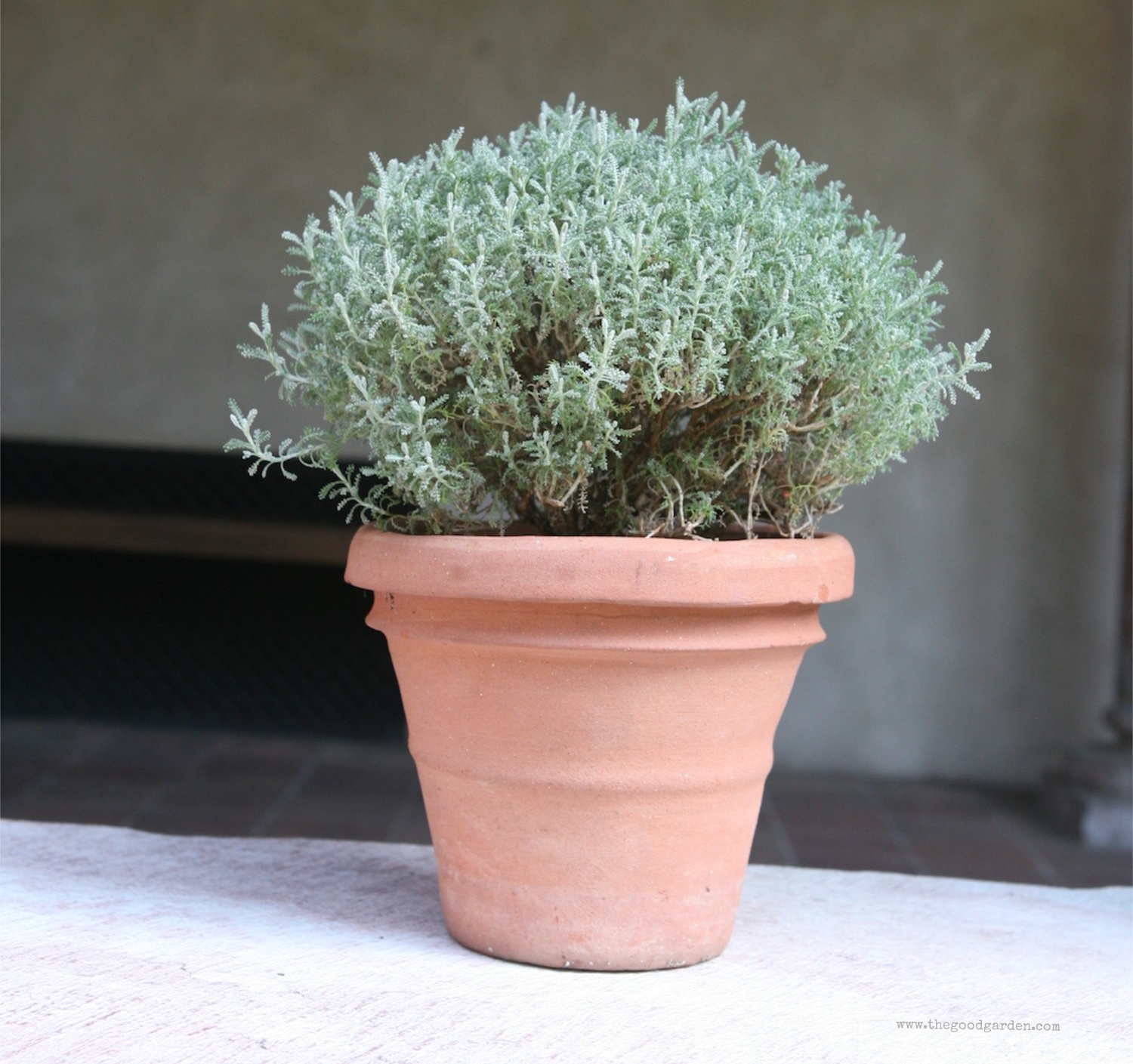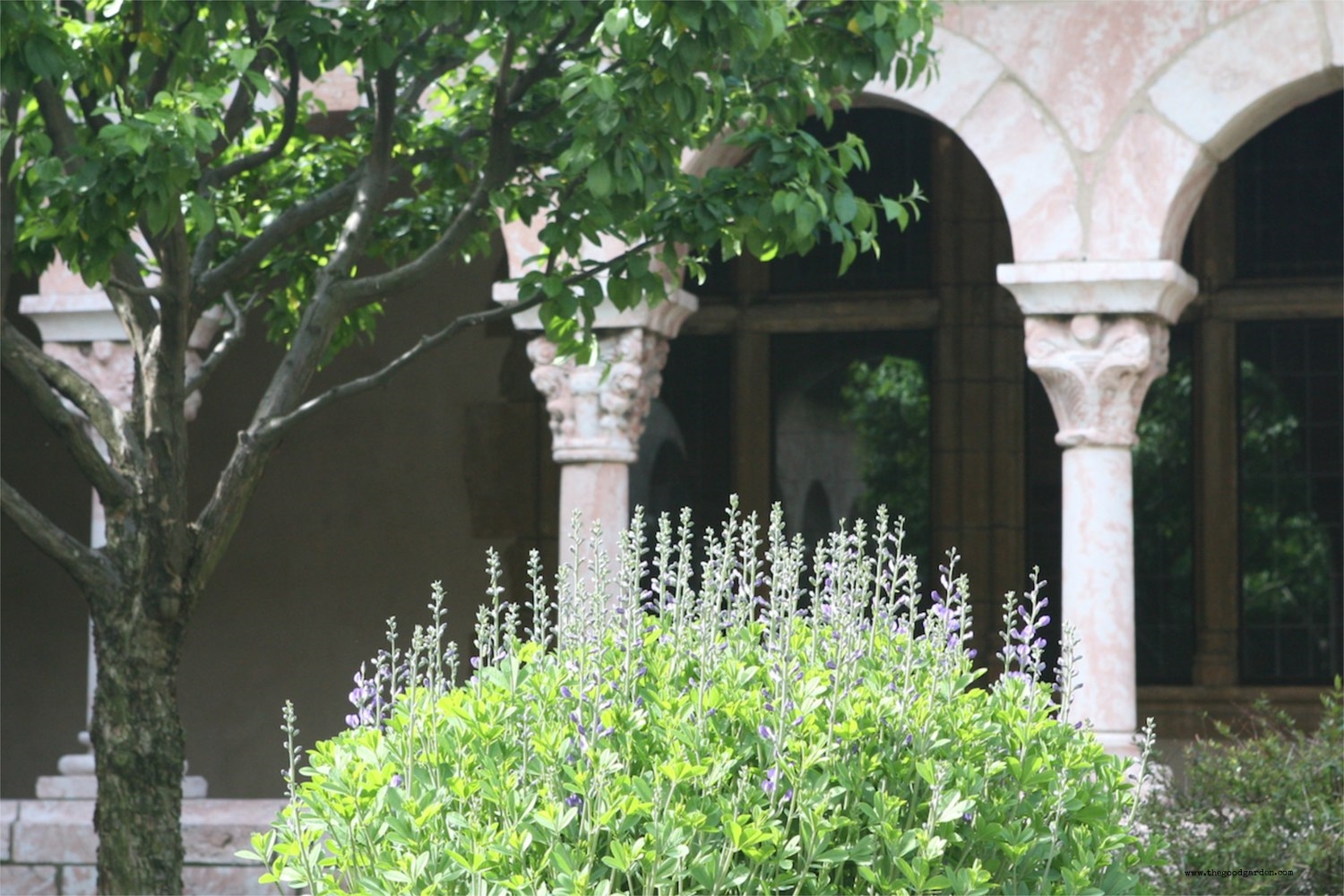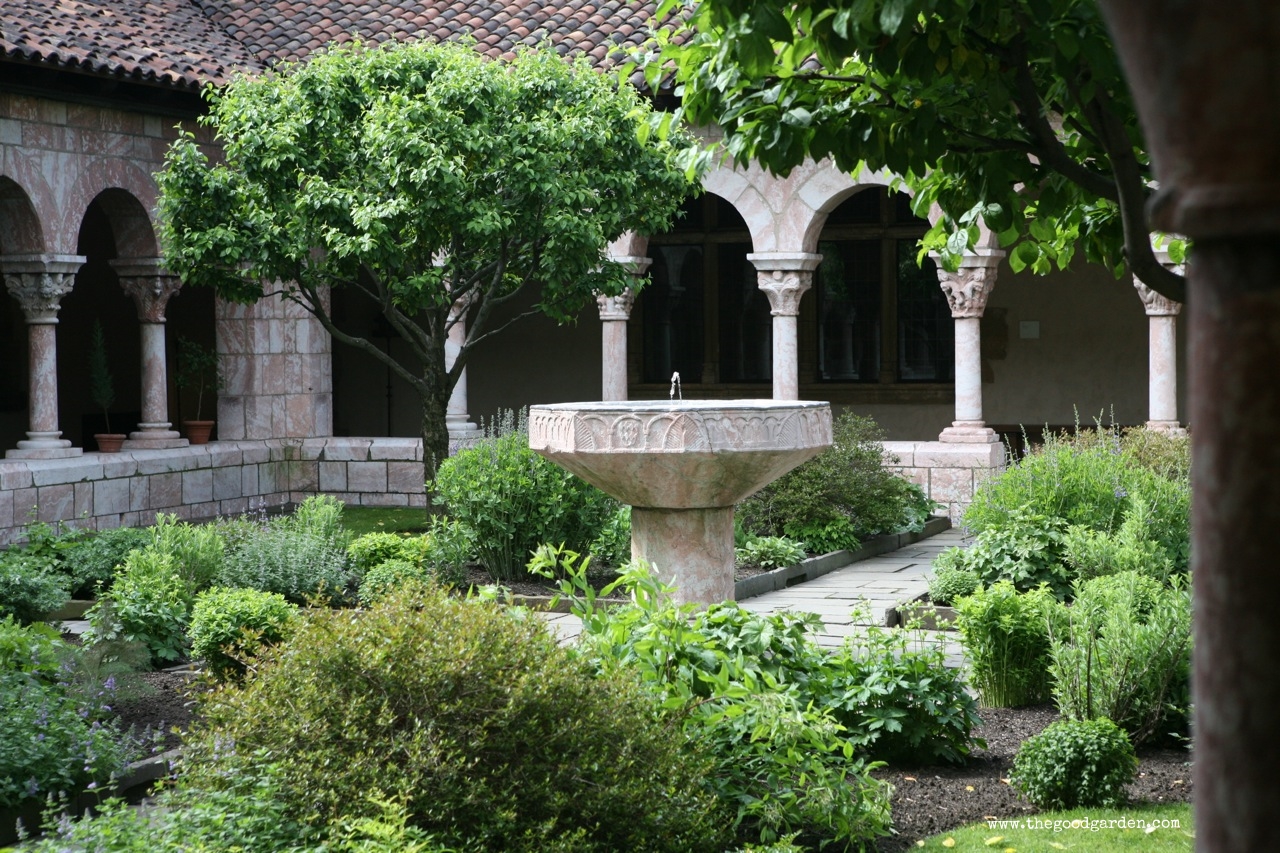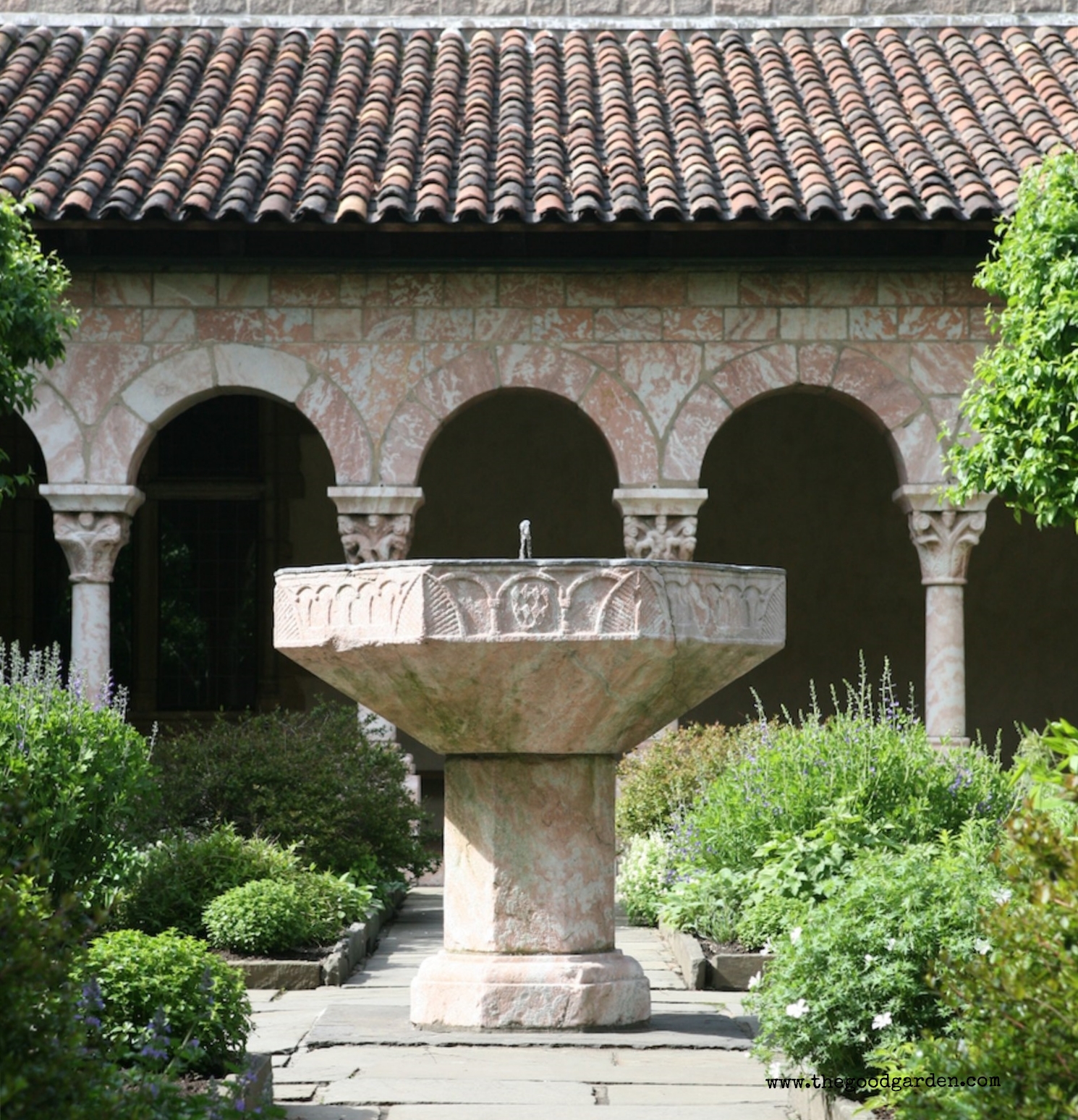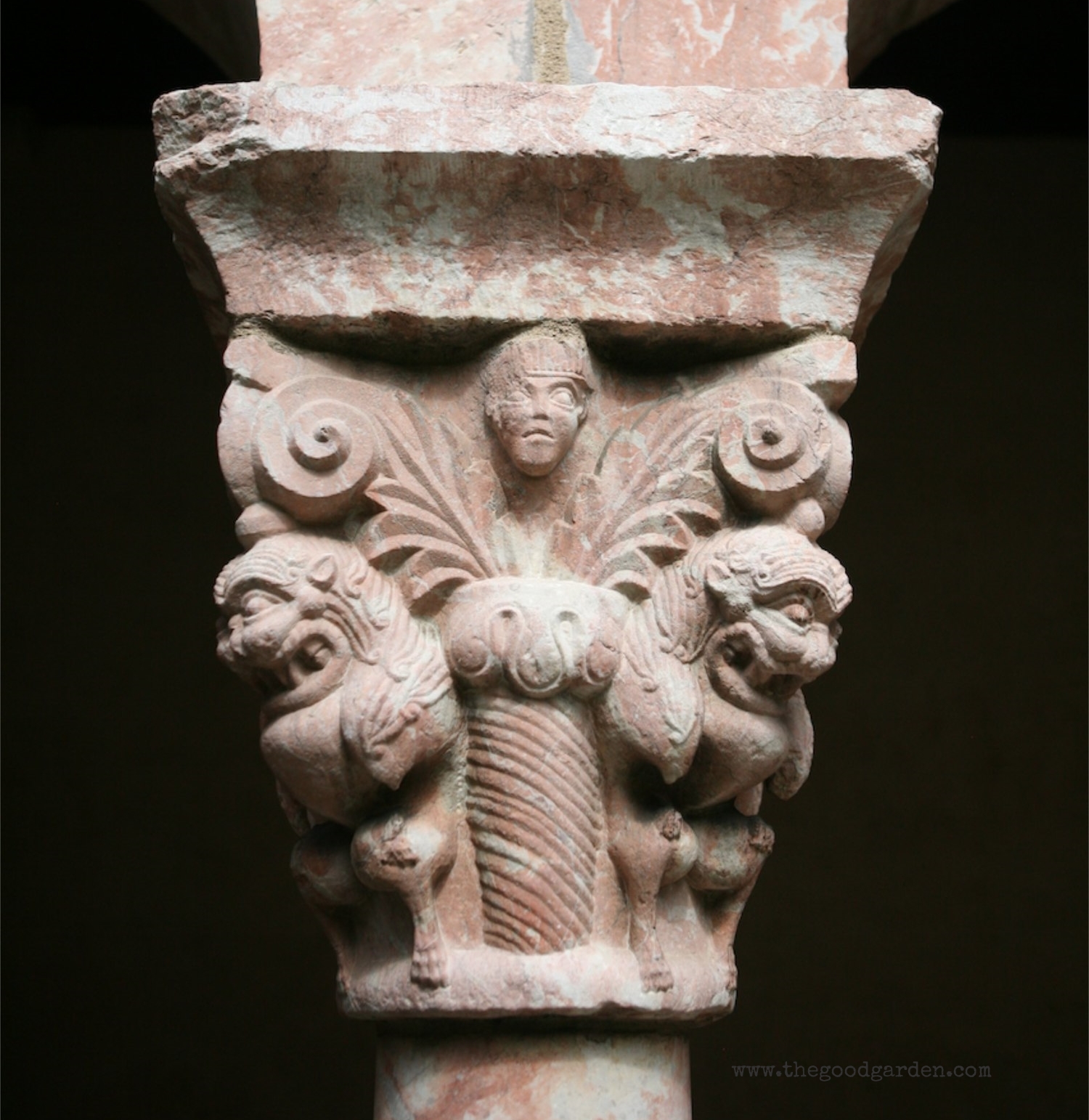The New York Times headline in 1913 read “Rare relics kept from America by French protest.”
The relics in question were twelve marble pillars from the Abbey of St. Michel de Cuxa in France. American sculptor George Grey Bernard, known for his monumental public sculptures, had purchased the pillars and was trying to export them to the US. “So emphatic was the protest aroused in France when his plan became known that the French government intervened and caused him to give up his project.”
This Abbey had a storied past. It was built around 950 with support from Queen Girberge, mother of Charlemagne’s oldest son. A few years later, in 978, the Abbey became the home of the Doge of Venice, Pietro Orseolo, who scandalously renounced his power and possessions to seek a monastic spiritual life. For years the Abbey prospered. Its treasures were said to include the head of St. Valentine! and a wooden piece of original manger from Bethlehem.
Long after his death – in the early 1700’s, Orseolo became a saint, and the Abbey became a place of pilgrimage for those seeking its supposed healing powers. By 1793, when France was in the midst of its famous Revolution, the community of St. Michel de Cuxa had withered to a single monk. That same year, villagers looted the Abbey and began to demolish it. This all happened one week after Louis XVI was beheaded, and was consistent with the revolution’s path of dismantling centuries-old institutions. The revolutionary government finally sold the property for the equivalent of $100,000 in today’s money.
In 1913, The New York Times described the cloister’s marble pillars: ”There probably do not exist in France any more characteristic mediaeval sculptures than those of St. Michel de Cuxa…. The capitals … are modeled with great simplicity and executed with rare energy. The sculptor (probably a monk) was endowed with a singular imagination.”
The pillars were removed in 1840, and used for the entrance to a “bathing establishment” in a nearby town. They were sold to Bernard in 1907. The French protest was surprising given that he had already shipped 30 similar columns and capitals to America.
Somehow, even with all the uproar, Bernard managed to transport the columns to New York City for a museum he built in 1914 on the northern tip of Manhattan.
In 1925, John D. Rockefeller helped the Metropolitan Museum purchase Bernard’s collection of medieval art and artifacts and provided land and support to move Bernard’s collection from his original museum. The new location would become the Cloisters museum, part of The Metropolitan Museum of Art.
The columns form the basis for the Cuxa Cloister on the museum’s main level. Here you will find a typical design of a grass area crisscrossed by stone paths with a central fountain. Perennial herbs such as rosemary, sage, and lavender complete the composition.
High above the Hudson River, off the beaten tourist track, The Cloisters museum is a ‘must see’ when you are in New York City. Check out the historic images on their website.
The story has a happy ending on both sides of the Atlantic. The original Abbey in France was picked up by Cistercian monks in 1919 and restored in the 1950's. Famous Catalan cellist Pablo Casals founded a music festival that has made the Abbey a destination once again. Today the Abbey is also a center for Romanesque Art and home to a community of Benedictine monks. More information is available at the Abbey's website.
The maps below highlight the current and original location of the columns. Ah, the many stories that a single garden can tell.


